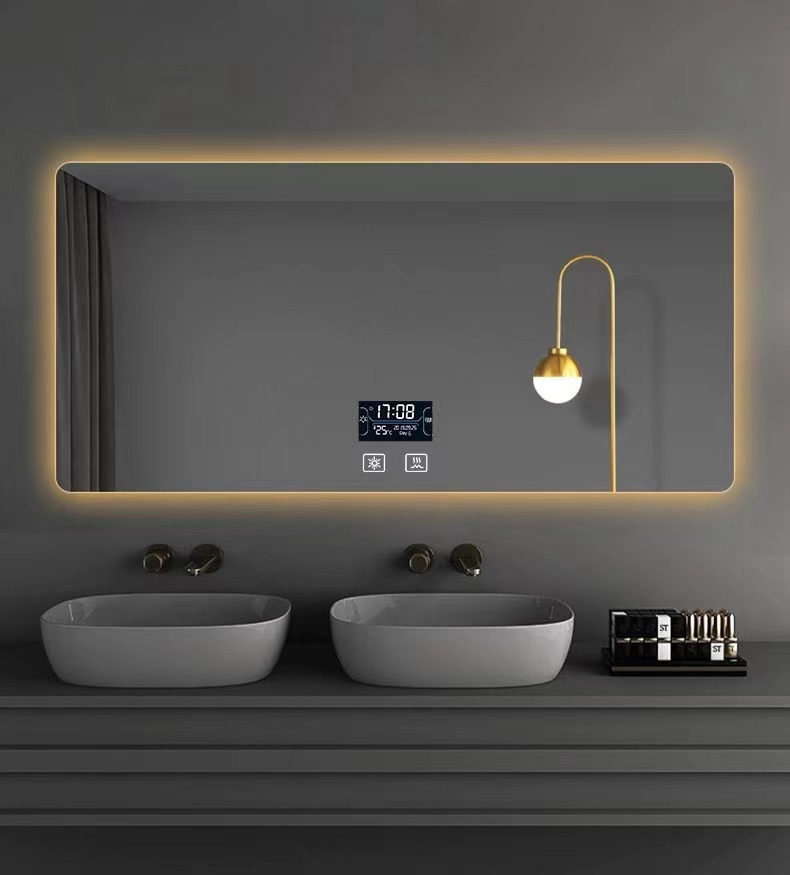

The Beauty and Utility of Tinted Tempered Glass
In contemporary architecture and design, tinted tempered glass has become increasingly popular due to its aesthetic appeal and functional benefits. This innovative material not only enhances the visual appeal of buildings but also improves energy efficiency, privacy, and safety. In this article, we explore the properties, advantages, and applications of tinted tempered glass in modern construction.
What is Tinted Tempered Glass?
Tinted tempered glass is a type of safety glass that has been heat-treated to increase its strength and durability. The tint is added during the manufacturing process, infusing the glass with color that reduces glare and blocks harmful ultraviolet (UV) rays. The tempering process involves heating the glass to high temperatures and then cooling it rapidly, making it much stronger than regular glass. This added strength means that tempered glass is less likely to shatter on impact, providing an extra layer of safety for buildings and their occupants.
Aesthetic Appeal
One of the primary reasons architects and designers choose tinted tempered glass is its aesthetic versatility. Available in various colors and shades, tinted glass can seamlessly integrate with different architectural styles, from modern skyscrapers to traditional homes. The visual effect of tinted glass can create a striking façade, allowing buildings to stand out while complementing their surroundings. Furthermore, the varied levels of tint provide options for designers to achieve desired levels of brightness and mood within a space.
The glossy surface of tinted tempered glass also amplifies the perception of space, making interiors feel larger and more open. When sunlight filters through tinted glass, it creates beautiful, muted lighting effects that change throughout the day, adding dynamism to interior environments. This aspect plays a crucial role in enhancing overall ambiance and comfort for building occupants.
Energy Efficiency
In an era of growing environmental consciousness, tinted tempered glass stands out for its energy-saving properties. The tinting reduces the amount of heat that enters a building, which can significantly lower cooling costs during hot seasons. By minimizing reliance on air conditioning systems, tinted tempered glass contributes to more sustainable building practices.

Moreover, the reduction in UV exposure not only protects the health of occupants but also extends the lifespan of the building’s interior furnishings and finishes, which may fade or degrade due to prolonged sun exposure. This feature is particularly beneficial in residential settings and commercial spaces with significant window exposure.
Privacy and Security
Tinted tempered glass serves practical purposes beyond aesthetics and energy efficiency. One of its noteworthy features is its ability to provide privacy without sacrificing natural light. The tinted surface obscures the view from outside while allowing occupants to enjoy daylight within their spaces. This characteristic is especially advantageous for commercial properties, offices, and homes situated in densely populated areas.
In addition to privacy, tinted tempered glass enhances security. Its strength makes it difficult to break, providing a deterrent against potential intrusions. Should the glass be shattered, tempered glass will break into small, blunt pieces rather than sharp shards, minimizing the risk of injury. This safety feature is crucial in environments where safety is a priority, such as schools, hospitals, and high-rise buildings.
Versatile Applications
The versatility of tinted tempered glass makes it suitable for various applications. It is commonly used in storefronts, office buildings, and residential properties, where large glass panels create open and inviting spaces. Additionally, tinted glass is found in shower enclosures, glass railings, and partitions, where both safety and aesthetics are essential.
Architects and building designers are increasingly incorporating tinted tempered glass into their projects, taking advantage of its structural characteristics and versatility. Whether for residential, commercial, or industrial applications, the inclusion of tinted tempered glass not only enhances the appearance of a building but also contributes significantly to its functionality.
Conclusion
Tinted tempered glass represents the perfect fusion of beauty and practicality in modern design. Its unique properties provide an array of benefits—from aesthetic enhancement and energy efficiency to privacy and safety. As building trends move toward sustainable and innovative materials, tinted tempered glass will undoubtedly continue to play a vital role in shaping the architectural landscape of the future. Embracing this material can lead to the creation of spaces that are not only visually stunning but also functional and safe for their inhabitants.